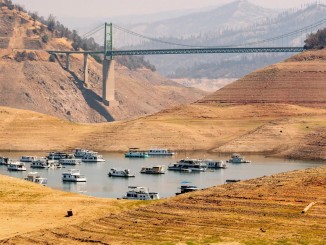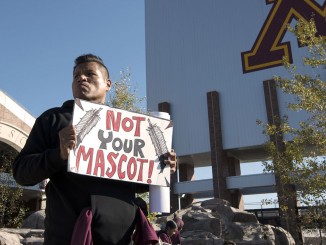
The container ship Dali has finally returned to dock at the Port of Baltimore after spending two months stuck in the Patapsco River, pinned under the wreckage of the former Francis Scott Key Bridge. Eight weeks had passed since the ship collided with the bridge, causing its collapse and the death of six workers who were repaving the bridge at the time of the impact. The removal of the vessel from the port’s main channel paves the way for the anticipated full reopening of the port by the end of May.
Small alternate channels through the port avoiding the Dali and the wreckage of the bridge have allowed some cargo ships to resume using the port at a significantly reduced capacity. Correspondingly, only the most senior workers at the port had been able to return to their jobs. The majority of Baltimore’s longshoremen, however, were forced to survive on unemployment assistance and a meager aid supplement from the state. This temporary income may have kept families from starving but still constitutes less than half of the typical port worker’s salary. Prior to the bridge’s collapse, over 15,000 local workers depended directly on the Port of Baltimore for their employment, where they played a particularly important role in the trade of automobiles and coal. These longshore workers move various types of cargo between ships, freight trains, trucks, and warehouses; operate, maintain, and repair enormous cranes, railroads, and other specialized equipment; and perform other tasks that normally keep dozens of shipping terminals at the Port of Baltimore running 24/7.
Alongside the blockade to the shipping terminals at the port, the Key Bridge’s collapse has had profound impacts on the commutes of local workers and residents. An analysis by the Census Bureau showed that workers who were forced to find a new route to work are primarily high school graduates without a college degree and work in production, transportation and material moving occupations. Even before the bridge’s collapse, those workers had notably long commutes starting early in the morning. This influx of drivers into the other two Patapsco River crossings have caused cascading congestion on highways throughout the Baltimore area.
The consequences of the Key Bridge collapse are diverse and may be hard to predict. For instance, scientists at the University of Maryland speculate that upcoming bridge debris removal, the dredging of a new channel, and construction of a replacement bridge will stir up decades- or centuries-old toxic contaminants buried in the sediment of the Baltimore harbor, including toxic run-off from the former Sparrow Point steel mill.
Civil and criminal investigations of the causes of the collision and who may be legally responsible are ongoing, but a recently released report by the National Transportation Safety Board (NTSB) confirmed that the ship experienced two unexplained power losses in the hours before its departure from the docks, after which additional power losses occurred immediately before the collision with the bridge. The report also confirms that the bridge was equipped with protective safety structures which were either destroyed or missed completely by the ship. The report closes with a brief mention of possible recommendations to reduce the risk of a similar collapse in the future, such as “a combination of vessel-size restrictions, vessel-assist tugs, and bridge-pier protection.”
While the precise cause of the collision of the Dali and the Key Bridge remains uncertain, we can be sure that accidents like this are made all the more likely because policies at ports around the world prioritize the profits of gigantic shipping and logistics corporations instead of the well-being of regular people. Workers everywhere are forced to make decisions that maximize their bosses’ profits—for instance, choosing to sail from port instead of making absolutely sure that a malfunctioning electrical system has been repaired. The NTSB’s recommendations like bridge-pier protection and vessel-assist tugs seem like common sense—but under capitalism, common sense is disregarded if it isn’t profitable. A different world is possible. We can collectively make the decisions to prioritize the safety of workers, our shared infrastructure, and the health of our waterways, but we all must organize together to fight for and build that world.




